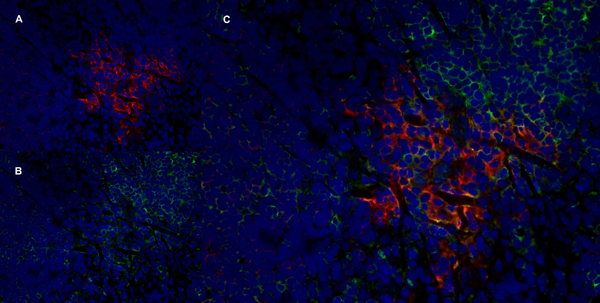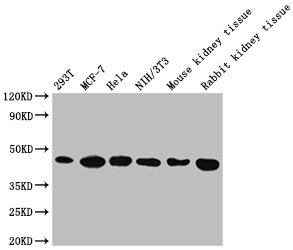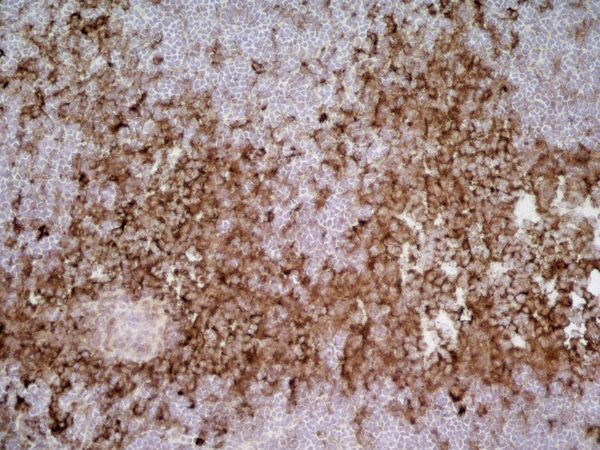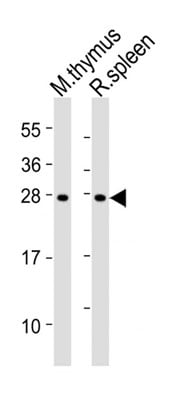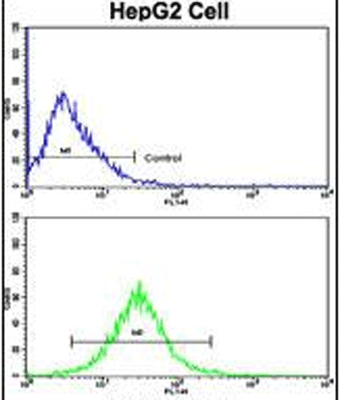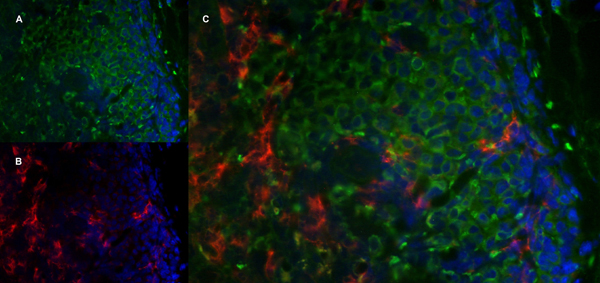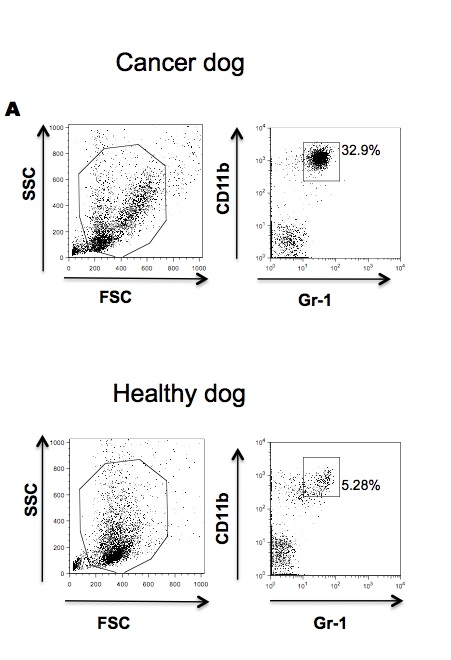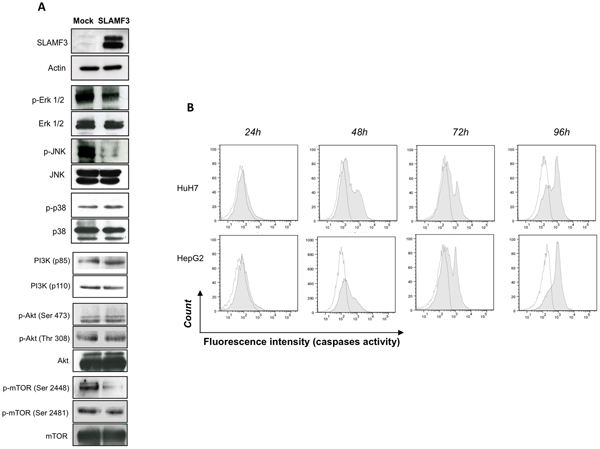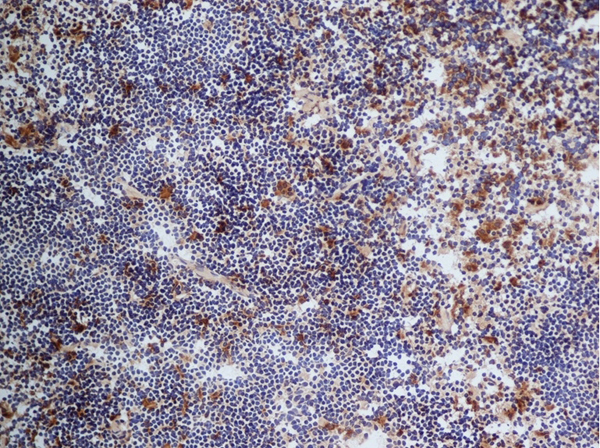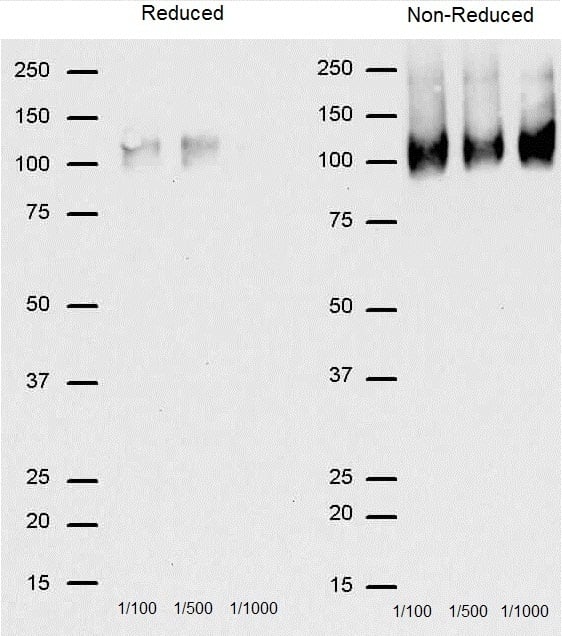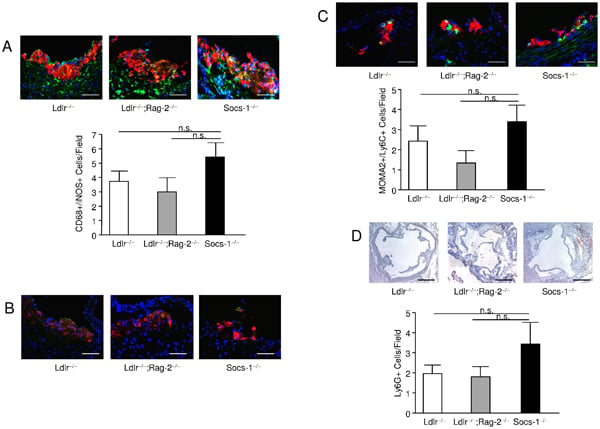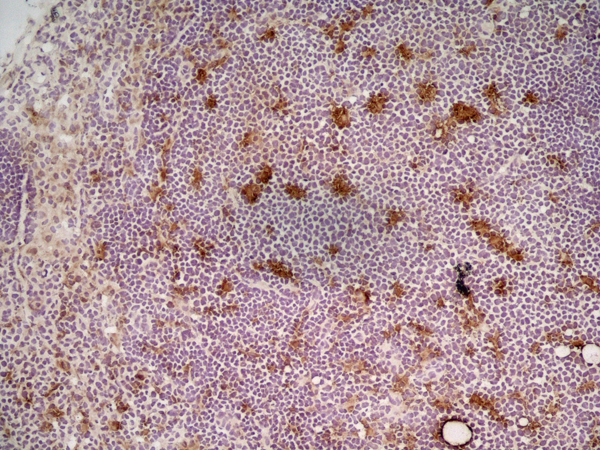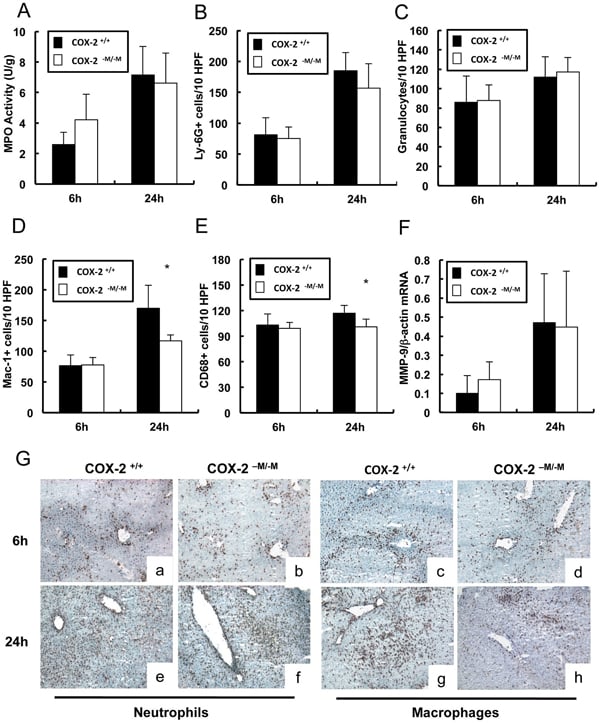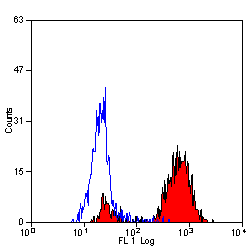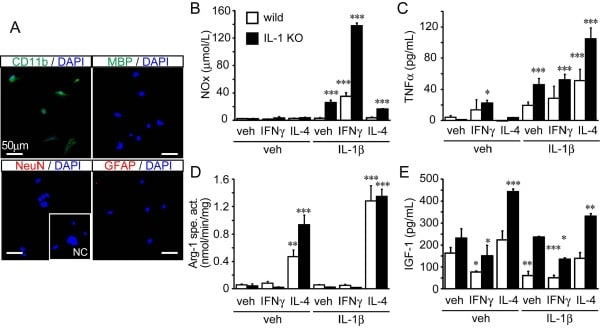Filters
Clonality
Type
Reactivity
Gene Name
Isotype
Host
Application
Clone
289 results for "Flow Cytometry Antibodies" - showing 250-289
XRCC6, Polyclonal Antibody (Cat# AAA28768)
GTF2I, Polyclonal Antibody (Cat# AAA28707)
CD4, Monoclonal Antibody (Cat# AAA12228)
CD25, Monoclonal Antibody (Cat# AAA12044)
ACTB, Monoclonal Antibody (Cat# AAA28066)
CD172a, Monoclonal Antibody (Cat# AAA11888)
CD172a, Monoclonal Antibody (Cat# AAA12056)
CD59, Monoclonal Antibody (Cat# AAA11916)
CD59, Monoclonal Antibody (Cat# AAA11917)
GFP, Monoclonal Antibody (Cat# AAA28064)
CD25, Monoclonal Antibody (Cat# AAA11966)
S100B, Polyclonal Antibody (Cat# AAA28759)
CD172a, Monoclonal Antibody (Cat# AAA12001)
SOCS1, Polyclonal Antibody (Cat# AAA28752)
CD25, Monoclonal Antibody (Cat# AAA11965)
Vimentin, Monoclonal Antibody (Cat# AAA13810)
Does not react with Mouse and Rat






























